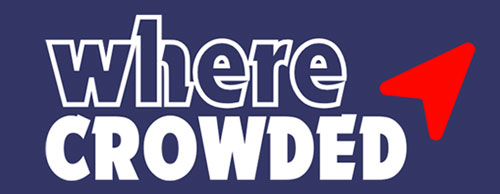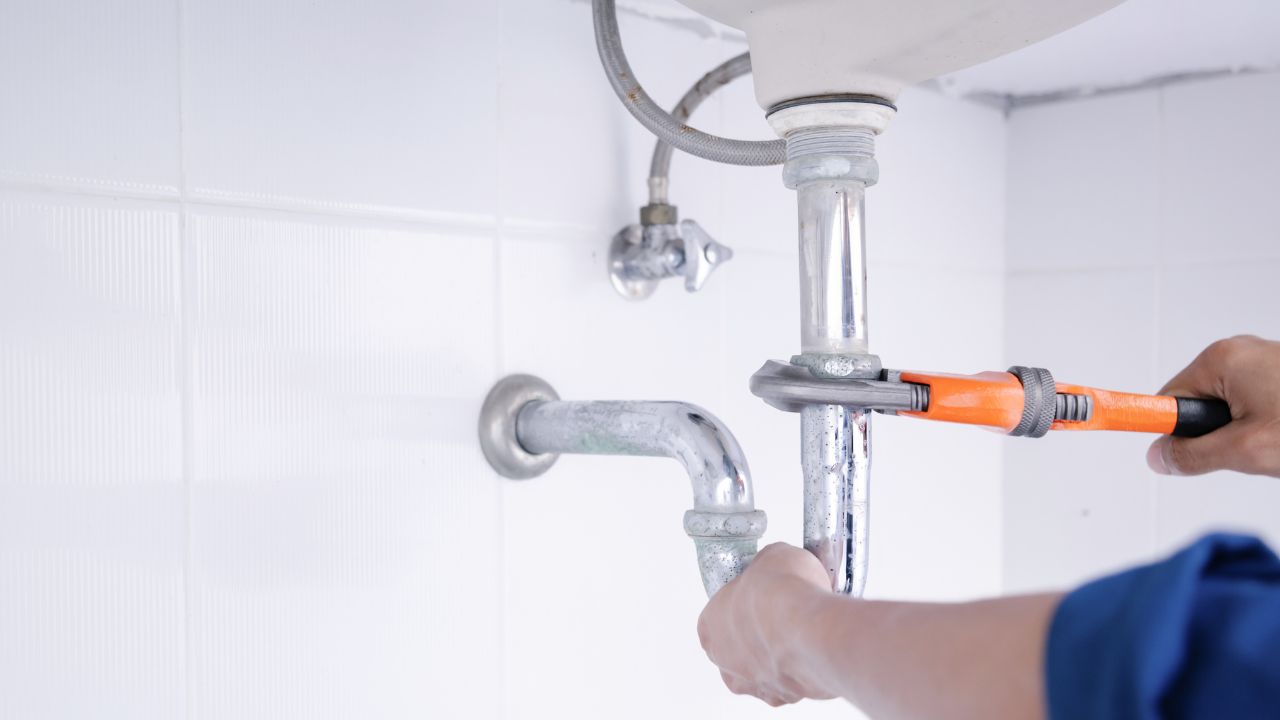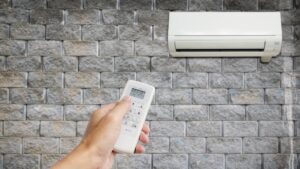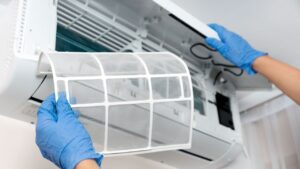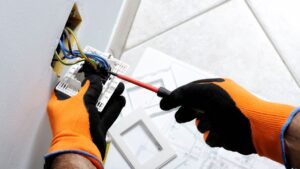For many Singaporean homeowners, the anxiety of finding a reliable plumber and navigating a sea of uncertain costs can be more daunting than the leak itself. The fear of being overcharged, getting shoddy work, or falling for a scam is a very real concern. How much will this cost to fix? Who can I trust to fix it properly?
1. Labour Charges: The Hourly Rate Vs. The Flat-Fee Job
The most significant portion of any plumbing bill is typically the labour cost. In Singapore, plumbers generally use one of two billing models: a charge per hour or a fixed price for the entire job.
- Hourly Rates: These can range from $40 to as high as $150 per hour, depending on the plumber’s experience and the complexity of the work. An hourly rate can be advantageous for what seems like a quick and straightforward fix. However, if the problem turns out to be more complex than initially thought, the hours can add up, leading to an unpredictable final cost.
- Flat-Fee or Per-Job Pricing: Many companies prefer to offer a fixed price for a specific task, such as “clearing a toilet choke” or “replacing a tap.” This model provides cost certainty for the homeowner, which is a significant advantage. The quoted price is what you pay, regardless of how long it takes. However, this fee is often calculated to include a buffer for potential complications, so it might seem higher than a single hour’s rate.
A reputable plumber should always be transparent about their billing method before any work begins, allowing you to make an informed choice.
2. Material & Parts Costs: The Price Of Quality
The cost of any replacement parts, be it new pipes, a toilet flush mechanism, faucet cartridges, or simple washers will be added to your bill. While it may be tempting to save money by opting for the cheapest available parts, this is not advisable.
The quality of materials is directly linked to their durability. High-quality, branded components from manufacturers like Grohe or American Standard will naturally cost more upfront but are engineered to last longer and perform more reliably.
A plumber’s invoice will include these costs, sometimes with a small markup for procurement.
One of the most common tactics employed by unscrupulous plumbers is the use of substandard, non-durable parts to keep their initial quote attractively low. These inferior components are prone to premature failure, such as cracking under normal water pressure or corroding quickly. This means that a few months after the initial “fix,” you may find yourself calling a plumber again for the exact same issue.
The initial saving is quickly erased by the cost of frequent repairs, turning one problem into a recurring expense. Therefore, investing in quality materials is a more financially sound decision in the long run. Always feel empowered to ask your plumber about the brand and quality of the parts they intend to use.
3. The “Extras”: Transportation, Call-Outs, and GST
Several smaller fees can appear on a bill, and while they are legitimate business costs, they should always be disclosed upfront.
- Transportation/Call-Out Fee: Many plumbers charge a standard fee for coming to your location, which typically covers their travel time and fuel costs. This is often around $30.
- Inspection Fee: Some companies may charge for an on-site assessment, particularly for diagnostic work like leak detection. This fee, which can range from $50 to %80, is often waived if you decide to proceed with the quoted repair work.
- Parts Procurement Fee: If the plumber needs to purchase specific parts for your job, some may add a small surcharge for their time, often around $20.
- Goods and Services Tax (GST): Always clarify whether the quoted price is inclusive of GST. Some companies list prices exclusive of tax, and the addition of GST on the final bill can be an unwelcome surprise. A transparent provider will make this clear from the start.
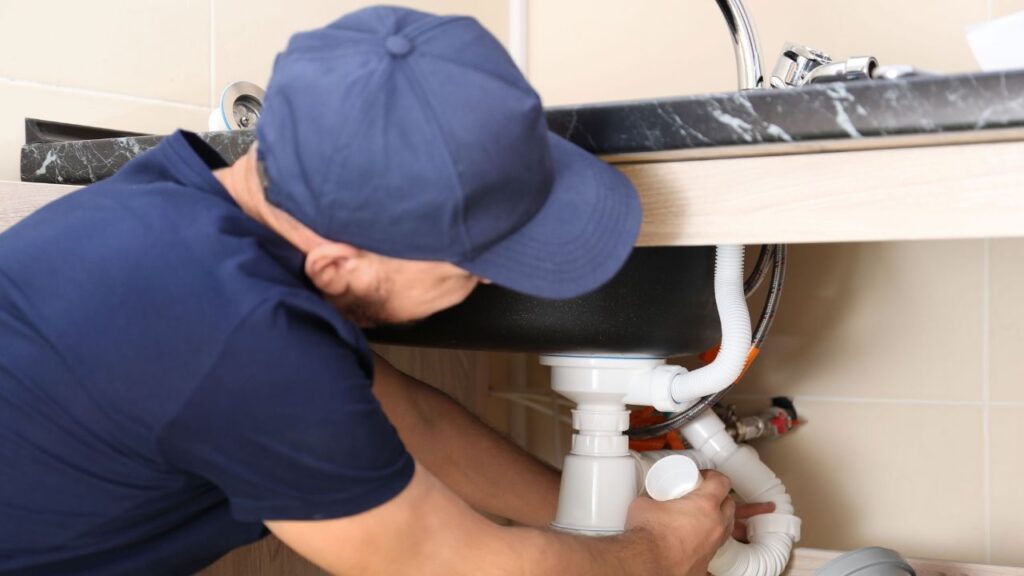
4. The Emergency Surcharge
Plumbing emergencies rarely happen at convenient times. For services required outside of standard business hours, weekends, or public holidays, you should expect to pay a significant surcharge. This emergency fee can range from an additional 30% to 100% on top of the standard rates. An emergency call-out itself can start from $150 to $350 before any work is even done.
While this premium may seem steep, it compensates the plumber for their 24/7 availability and the disruption of being on-call. The key for a homeowner is to accurately assess the situation. Is water actively flooding your home? That’s a true emergency. Is it a slow drip from a tap? That can likely wait until the next business day, saving you a considerable amount of money.
5. The Price List: Estimated Costs for Common Plumbing Jobs in Singapore
| Service / Repair | Realistic Price Range (SGD) | Key Factors Influencing Final Cost |
| Choke Clearing | ||
| Clear Toilet Bowl Choke | $80–$250 | Severity of the blockage. Lower end for simple plunging or snaking. Higher end if the toilet bowl needs to be dismantled or a high-pressure water jet is required. |
| Clear Floor Trap / Drainage Pipe Choke | $80–$200 | Location and severity of the choke. Higher costs may be incurred if high-pressure jetting or dismantling of the trap is necessary to clear stubborn buildup of grease, hair, or debris |
| Clear Kitchen Sink Choke | $80–$150 | Often caused by grease and food waste. Cost depends on the tools needed to clear the blockage in the bottle trap or connecting pipe. |
| Leak Repairs | ||
| Leaking Tap / Faucet Repair | $50–$150 | Complexity of the repair. Lower end for replacing a simple rubber washer. Higher end for replacing an entire internal ceramic cartridge in a mixer tap. |
| Leaking Exposed Pipe (Copper/UPVC) | $80–$400 | Extent and location of the leak. A small pinhole leak repair is cheaper than replacing a full section of corroded or burst pipe. |
| Toilet Flush System Repair/Replacement | $90–$300 | Type of repair needed. Lower end for replacing a single component like the siphon or fill valve. Higher end for supplying and replacing the entire flush mechanism. |
| Leaking Concealed Pipe Repair | $150–$800+ | Accessibility is the main factor. Price increases significantly if hacking of walls or floors is required, plus the cost of reinstatement. |
| Diagnostic Services | ||
| Leak Detection (Concealed Pipes) | $120–$300 | For HDB/Condo units. Price depends on the technology used (e.g., acoustic sensors, thermal imaging). Landed properties with underground pipes will cost more. |
6. Clarifying Hidden Costs Before Work Begins
To protect yourself, you must be proactive. Before you agree to any work, ask a direct series of questions to eliminate ambiguity:
- “Is this the final, total price for the completed job?”
- “Does this price include all materials, labour, and transport fees?”
- “Is GST included in this price?”
- “Are there any other potential charges I need to be aware of?”
Get the answers to these questions in writing. A simple confirmation via a WhatsApp message can serve as a record and prevent disputes later.
7. Conclusion
By understanding the components that make up a plumbing bill, you can better appreciate the value of professional service and spot unfair charges. If you learn the difference between a simple DIY task and a job for a professional, you can save money on minor issues while avoiding costly mistakes on major ones.
